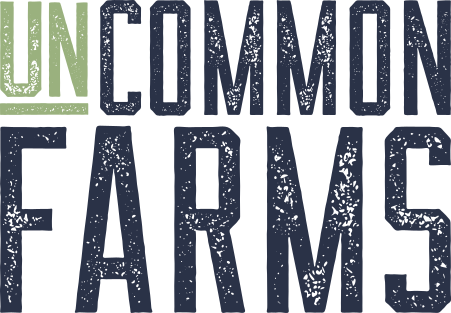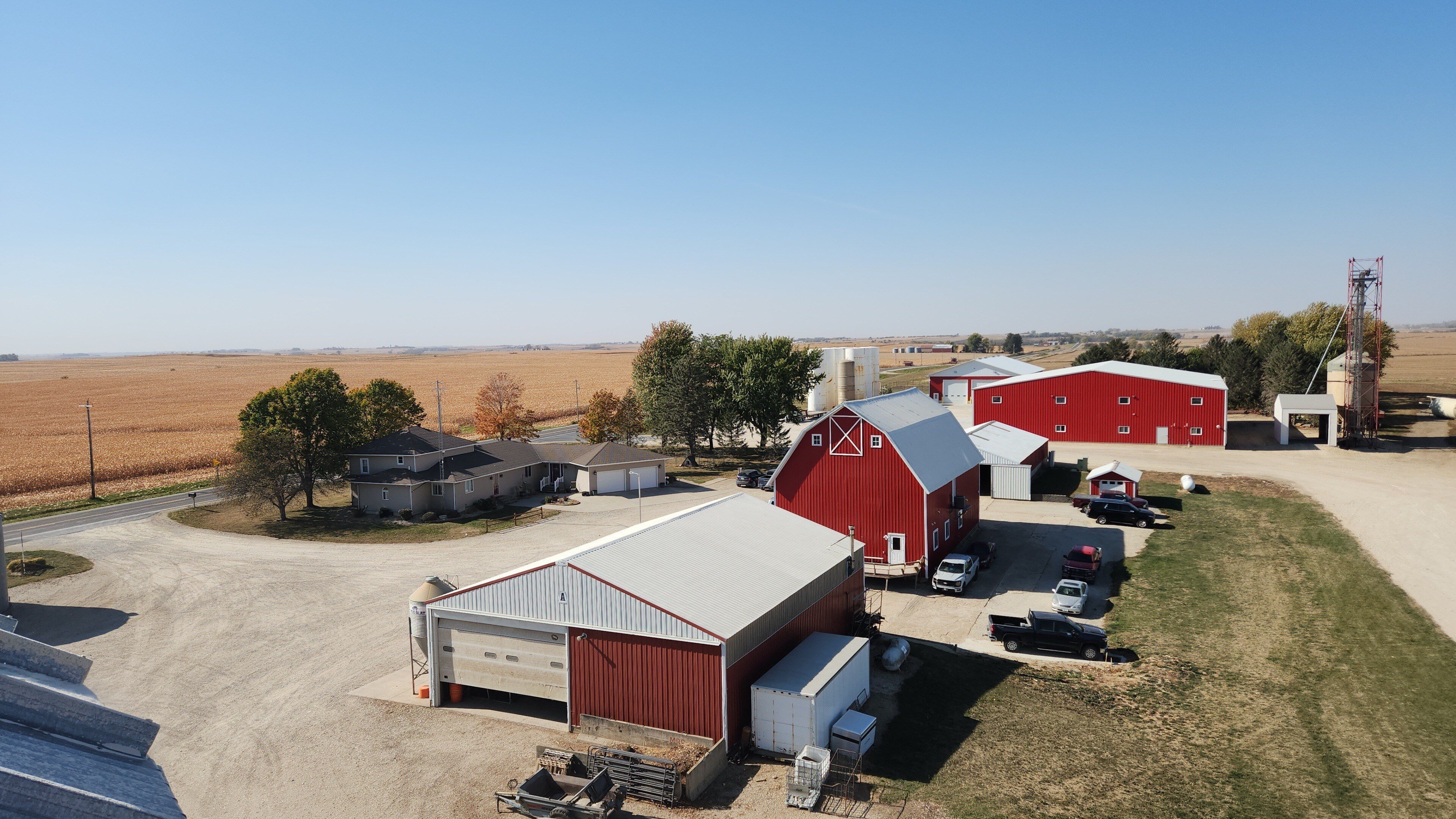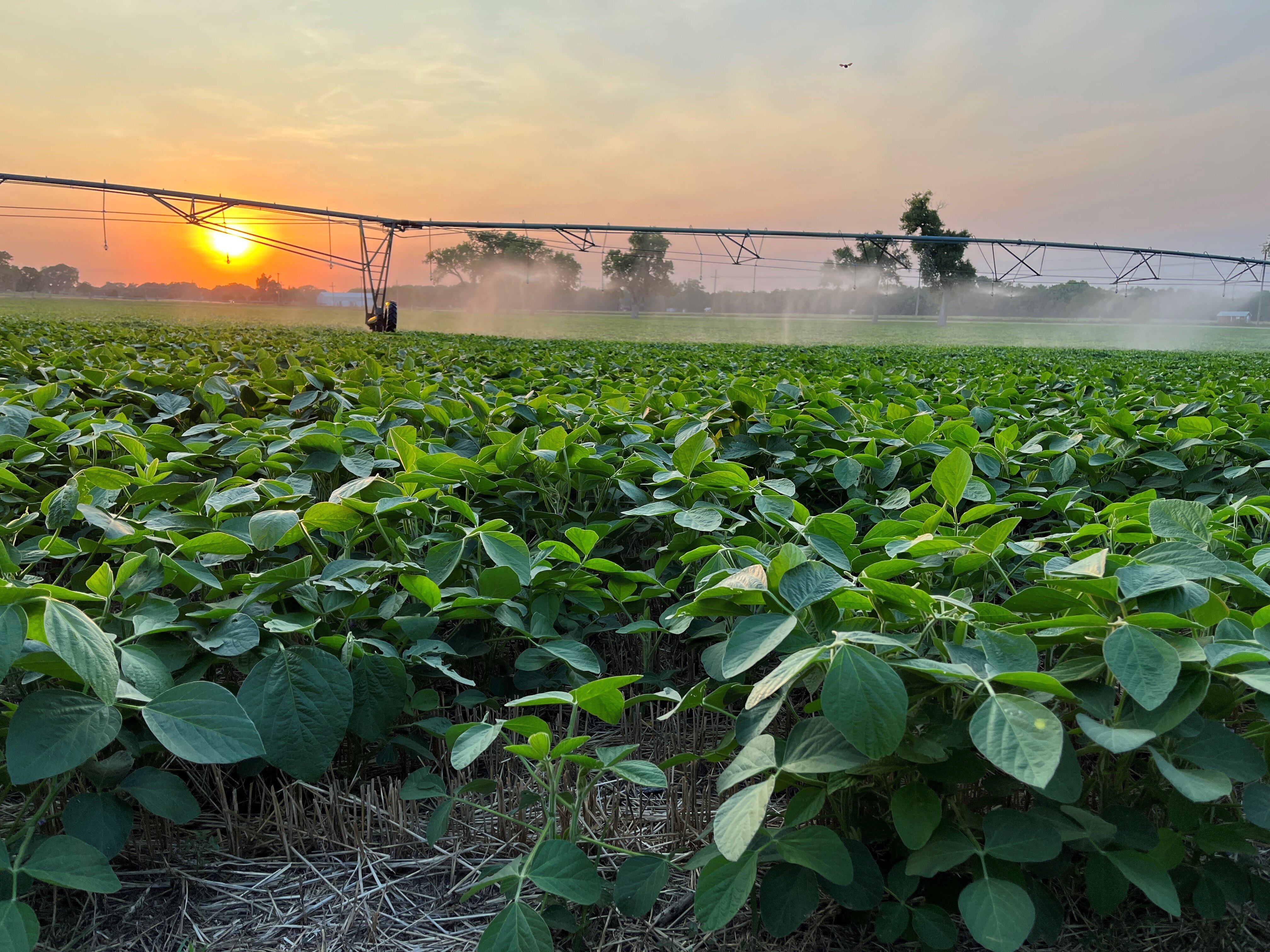Practical Tips for Attracting and Retaining Your Farm Team
Running a farm is no small feat—between unpredictable weather, tight margins, and demanding workloads, it’s essential to have a team you can count on. But how do you ensure your compensation keeps talented employees on the farm and makes your business sustainable for the long haul? Here’s a straightforward guide to designing the kind of pay structure that sets your operation apart.
Why Competitive Pay Structures Matter in Agriculture
Compensation is more than just a paycheck. It’s the foundation for building trust, motivating your team, and growing your farm’s reputation. A strong pay structure also helps you:
- Attract skilled workers who might otherwise choose other industries
- Encourage employees to grow in their roles
- Keep payroll manageable during both boom and bust seasons
How Stress Affects Your Farm Workforce
Stress doesn’t just live in someone’s head—it shows up in their work. Tired employees make more mistakes, communication breaks down, and morale drops. In family operations, that stress can also spill over into personal relationships. Ignoring mental health doesn’t make the problem go away; it usually makes it worse. That’s why being proactive matters.
Step 1: Define Farm Roles and Career Paths
Start by listing all the roles you need for the year. Categorize them by skill level and responsibility, and establish clear paths for advancement. For example:
- Operations/Equipment: Operator I → Operator II → Lead Operator
- Animal Care: Tech I → Tech II → Barn/Layer Lead
- Crop/Grain: Farmhand → Specialist → Area Lead
- Maintenance: Helper → Tech → Lead Tech
- Office/Logistics: Admin → Coordinator → Lead
This not only clarifies expectations for your team but also gives every employee a roadmap for growth.
Clear roles and advancement paths not only clarify expectations—they also reinforce your farm’s culture and values. Learn more about building a strong workplace environment in our blog Fostering Culture in Your Farm Operation.
Step 2: Research Farm Employee Pay Rates in Your Area
Don’t guess—look up actual pay data from nearby farms, job boards, and local shops. Aim for the midpoint in local ranges for most roles, with higher rates for rare or demanding positions.
Step 3: Establish Clear Pay Ranges for Farm Jobs
For each position, create a range with a minimum, midpoint, and maximum rate. For example, a Lead Operator might earn:
- Minimum: $24/hr
- Midpoint: $27/hr
- Maximum: $30/hr
Start experienced hires at the midpoint. Let raises reflect growing skills and added responsibility.
Step 4: Adjust Farm Wages for Seasonal Work
Farming has busy and quiet periods. Build in flexibility with:
- Hourly pay plus overtime during peak season
- Seasonal bonuses for returning workers
- Stipends for on-call or night shifts
Be sure to document these arrangements so everyone knows what to expect.
Step 5: Recognize Non-Cash and In-Kind Benefits
Non-cash perks like housing, fuel, or meat matter. Give each employee a statement that lists:
- Included benefits
- Who’s eligible
- The estimated value
A Total Compensation Statement helps your team see the full picture.
Step 6: Design Effective Farm Bonus Programs
Keep bonuses simple and tied to results employees can influence, such as:
- Animal Care: Livability rates, feed efficiency, audit scores
- Equipment: Uptime, readiness, minimal damage
- Grain: Efficiency, timely loads
- Safety: Injury-free milestones, training completion
Pay bonuses promptly and avoid metrics outside your team’s control.
Step 7: Ensure Affordability for Your Farm Operation
Add up your total annual payroll, including taxes and benefits. Ensure every role is justified by the farm’s margins. Adjust pay, roles, or responsibilities as needed to keep things sustainable.
Step 8: Document and Communicate Your Farm Pay Philosophy
Put everything in writing:
- Your pay philosophy
- Pay tables for each job
- Bonus criteria
- Offer letters and annual review outlines
If you employ family members, clearly separate job-based pay from ownership returns or dividends.
Want to make sure your policies and pay practices are set up for long-term success? Check out our blog: Do You Need to Audit Your HR Practices?
Common Mistakes Farmers Make with Pay Structures
- Paying by personality—always link compensation to skills and responsibilities
- Generic bonuses—customize incentives to each position
- Overlooking in-kind perks—track all non-cash benefits
- Ignoring tough years—build flexibility into your plan
- Neglecting documentation—keep records for consistency
Quick-Start Checklist (60–90 Minutes)
- List roles and levels
- Collect three local pay data points per role, set ranges
- Choose 1–2 bonus metrics per job, cap bonuses
- Assign values to in-kind perks and total compensation
- Confirm affordability
- Share and discuss the plan with your team
Farm Pay FAQs
How often should I update pay ranges?
Review annually and adjust if competitors are attracting your candidates.
What’s the difference between COLA and merit raises?
Apply cost-of-living increases to all; reserve merit raises for top performers.
How do I pay family members?
Pay based on their job roles, not family ties—handle ownership dividends separately.
Conclusion: Building a Sustainable Pay Structure for Your Farm Team
Building a competitive, fair, and sustainable pay structure doesn’t have to be complicated. With a little research and clear communication, you’ll not only attract top talent but also make your farm a great place to work—season after season.
Need help designing pay structures for your farm? UnCommon Farms can provide benchmarks, tools, and strategies to make your payroll sustainable.


.png)
